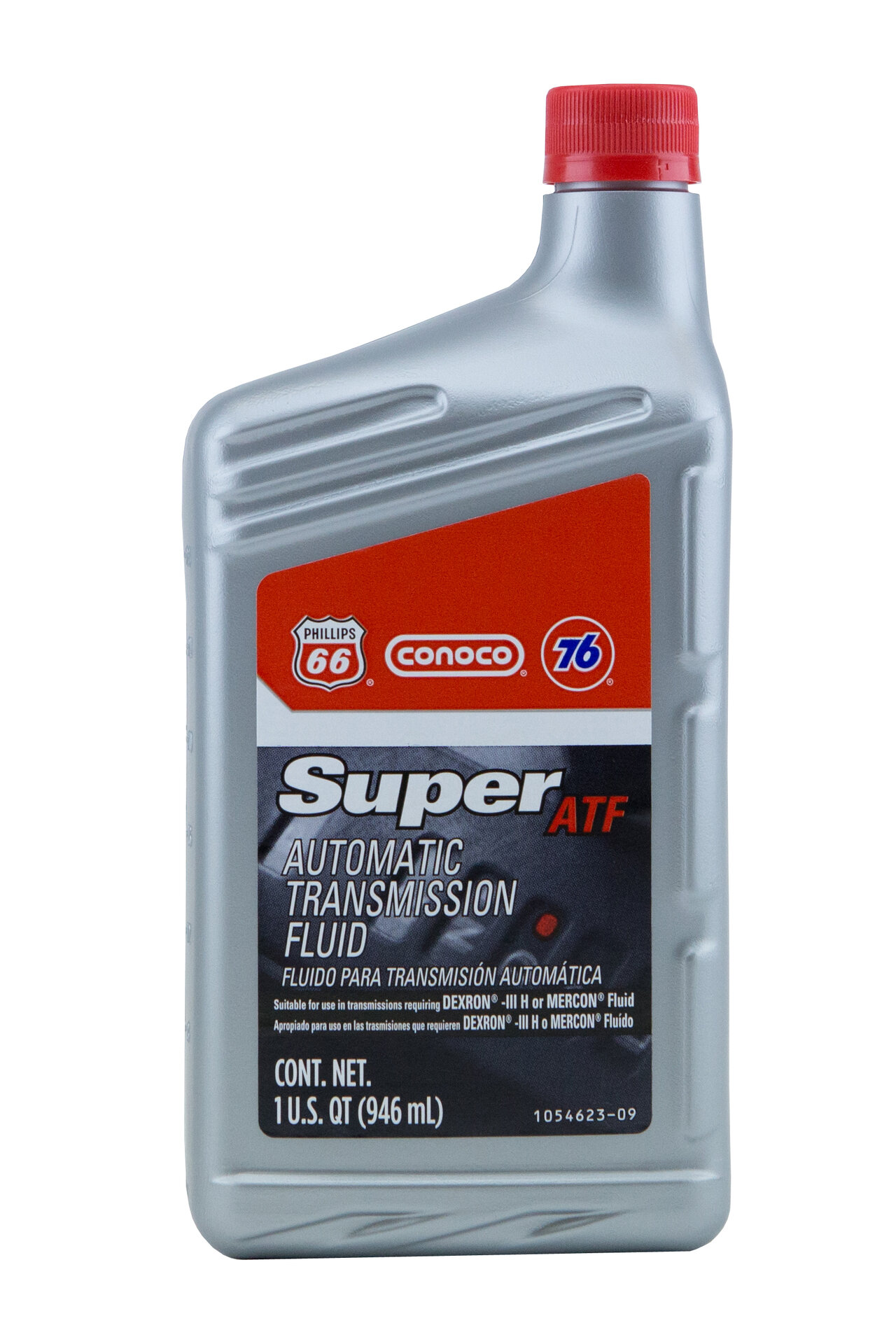


Manual transmissions need their gear oil changed over a vehicle’s life cycle, but they require a completely different type of oil from the kind used for automatic transmissions.
#Transmission oil manuals
Is there a difference between manuals and automatics? There are a lot of reasons for that variance. Some automakers have even introduced sealed automatic transmissions with no dipstick, no filler tube and lifetime transmission fluid. Different manufacturers use different formulations, and their maintenance intervals for how often you should change transmission fluid can vary from about 30,000 miles to… never. Many car owners don’t know how often to change transmission fluid, and the truth is that there’s no hard-and-fast answer. How often should transmission fluid be changed?
#Transmission oil how to
If you don’t know how often to change transmission fluid or how to check it, read on for a rundown. That’s a shame: Other than the engine, the transmission is the most vital component to the vehicle’s operation. But other fluids, such as brake fluid and (especially) transmission fluid fly under the radar. If you are in doubt of whether your vehicle needs fresh transmission fluid or oil and what type to use, don’t hesitate to consult with one of our experienced mechanics.Most people know about fluids like motor oil and windshield washer solution and regularly check and replace them. Manual transmissions require more frequent transmission oil changes, usually every 30,000 to 60,000 miles. In fact, some automatic transmissions may never require the fluid to be changed, although most mechanics recommend changing it every 60,000 to 100,000 miles. That’s because it’s not necessary to change it frequently. Motor Oil: Although motor oil is usually used in a vehicle’s engine, it works in a pinch to lubricate manual transmissions because it has a similar composition and properties to that of gear oil.ĭepending on the type of vehicle you own and the length of ownership, you may never have to worry about the type of transmission fluid you use. Hypoid Gear Oil: Used in certain manual transmissions, this type of transmission oil is highly resistant to extreme pressures and temperatures. Type-F: This type of automatic transmission fluid is used almost exclusively in vintage 70s model vehicles and does not contain friction modifiers. Synthetic Fluids: These types of fluids often cost more than Dexron or Mercon, but they are designed to better withstand drastic temperature changes and greatly reduce friction, oxidation, and shearing. HFM Fluids: Highly Friction Modified (HFM) fluids are much like Dexron and Mercon types, but the friction modifiers in them are even more effective. To achieve the best performance under high temperatures and extend the fluid’s life fully, use the transmission oil or fluid variety recommended by your vehicle’s manufacturer, which is usually found in the owner’s manual:ĭexron/Mercon: These varieties, available in different quality grades, are the most commonly used automatic transmission fluids today and contain friction modifiers to best protect the internal surfaces of the transmission.

There are also a myriad of different types of transmission fluid that go beyond merely dividing between automatic and manual transmissions. Increase rotational speed and temperature range.Enhance cooling function and reduce high operating temperatures.Clean and protect metal surfaces from wear.While the primary function of auto transmission fluid is to lubricate the various parts of the transmission, it can serve other functions as well: The type of transmission fluid to use in vehicles with standard transmissions can usually be found in the maintenance section of the owner’s manual. Manual transmission fluid can vary, however, using either plain motor oil, a transmission oil known as heavyweight hypoid gear oil, or automatic transmission fluid. Automatic transmissions use regular automatic transmission fluid, as the name suggests. There are several types of auto transmission fluids, and the type used in individual cars and trucks depends on the type of transmission inside. In vehicles with automatic transmissions, this fluid also acts as a coolant. Transmission fluid is used to lubricate the components of a car’s transmission for optimum performance.


 0 kommentar(er)
0 kommentar(er)
